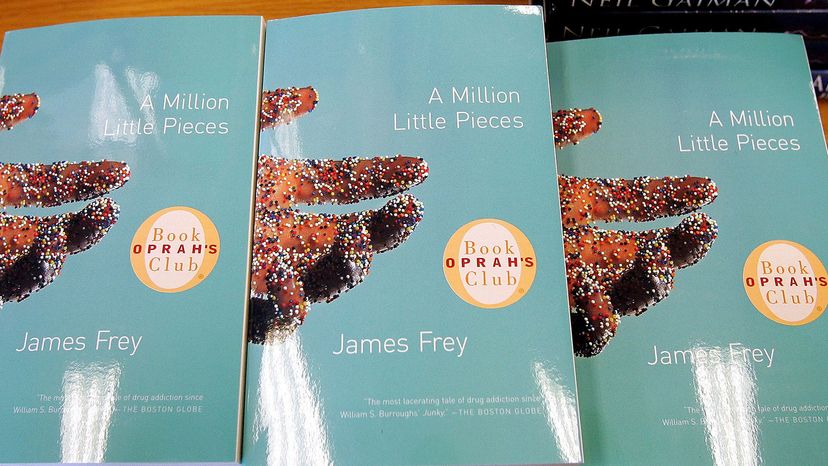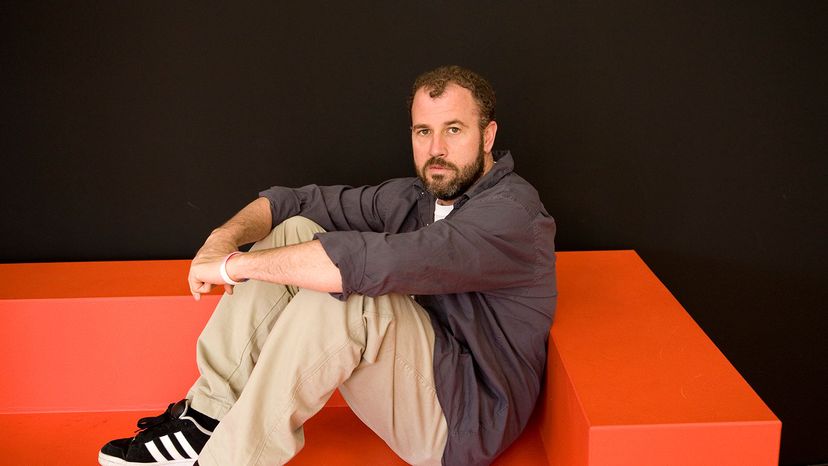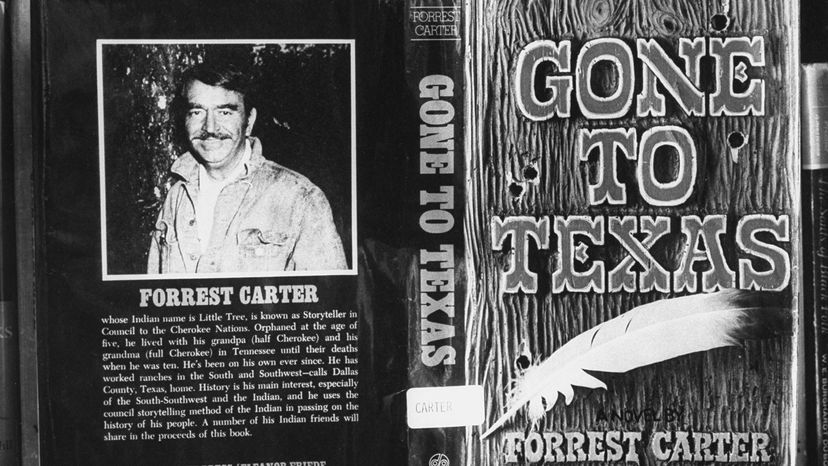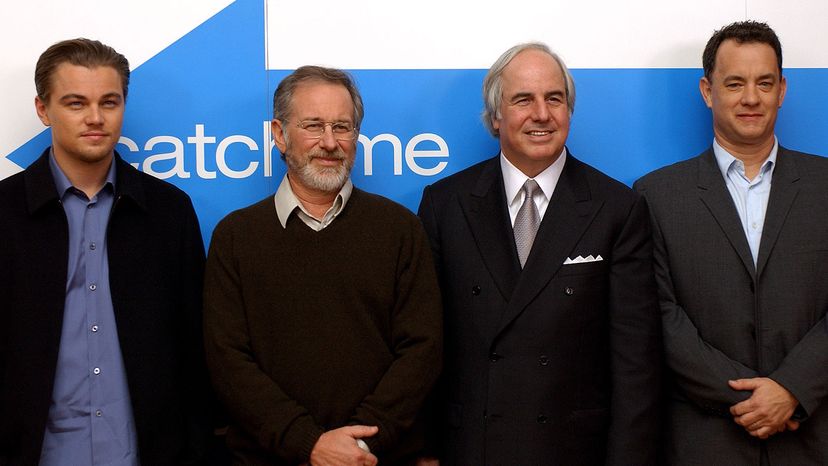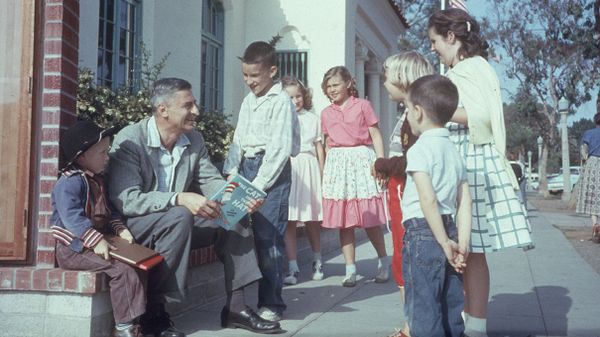In 1997, a Belgian Jewish woman named Misha Defonseca published a gripping Holocaust memoir. When Defonseca was a young girl, her parents were arrested and deported by the Nazis. Alone and distraught, she set out on a grueling 1,900-mile (3,058-kilometer) trek across Europe to find her parents. According to Defonseca, she was accompanied and protected by a pack of friendly wolves.
Ironically, it was Defonseca's publisher that first began to question the claims of the star author. Together with a genealogist, the publisher dug into Defonseca's childhood in Brussels and discovered that Defonseca's real name was Monique De Wael. She was Catholic, not Jewish, and spent the war enrolled in school, not walking across Europe.
Not that Defonseca didn't endure her share of wartime trauma. Her parents, who were members of the Belgian underground resistance, were indeed carted away by the Nazis and killed. Under interrogation, Defonseca's father reportedly gave up the names of other resistance members, and young Defonseca was bullied and ostracized as the "traitor's daughter."
In an apology published in 2008, Defonseca admitted that the memoir was fiction, but said, "There are times when I find it difficult to differentiate between reality and my inner world." She added, "Ever since I can remember, I felt Jewish." In 2014, a court ordered her to repay her publisher $22.5 million.
